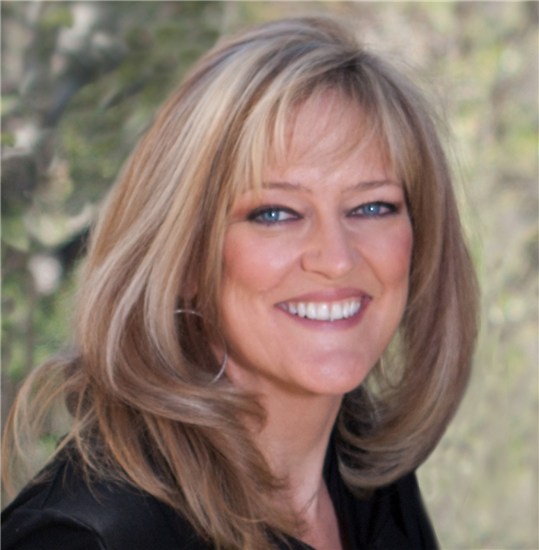By Laurie L. Sorrenson, OD , FAAO
, FAAO
As optometrists most of us were solely trained in the science of caring for our patients’ eye health and vision. We are able to prescribe eyewear and products like contact lenses and medications that improve their lives. While serving our patients by improving their eye health and vision is where many of us find our greatest fulfillment, it also is essential that practice owners closely track their office’s finances.
With the OD’s passion for focusing on bettering the lives of patients, it is tempting to farm out these tasks to an able office manager. Staff can provide great support in the operations of the office, but the money that is spent to keep the practice running comes from the practice owner and the practice owner is the one who will reap the greatest rewards from a profitable year. For that reason, the practice owner is the one who must closely monitor and track across time (at least month-to-month and year-to-year) financial expenditures and profits.
Since some ODs may not even know which financial metrics to stay attuned to, here is a brief list which I will expand on in-depth in an upcoming article in ROB:
Cost of Goods (COGS): The cost of the materials that you sell in the office. I subdivide this category into frames, lenses, contact lenses, solutions and supplements.
Staff: ALL staff expenses, including salary, taxes, insurance, retirement, scrubs and continuing education should fall into this category.
Rent and Utilities: This should also include all expenses tied to maintenance of the property.
Equipment: All instrumentation, whether purchased or leased, including any payments related to loans that were taken to pay for instruments.
Marketing: Expenses here would include not just print and online advertising (including postage), but also in-person events like trunk shows.
General Office Overhead, otherwise known as Miscellaneous: Anything that does not fit into the other categories!
Doctor’s Compensation: All doctor’s salaries and other compensation.
Track your expenses in each of these categories at least monthly, and see what the trends are like from at least month-to-month and year-to-year to determine whether any of these categories have expenses that are not offering a return on your investment.
It’s easy to push financial numbers and analysis to the side in the quest to bring better eye health and vision to your patients. But while some ODs find this business work tedious, keeping your practice profitable is what determines your practice’s ability to stick around long-term to care for your patients.
Do you track your practice’s finances yourself, or do you ask your office manager or another staff member to do it for you?
Laurie L. Sorrenson, OD, FAAO, is president of Lakeline Vision Source in Austin, Texas. To contact her: sorrenson@att.net.

























